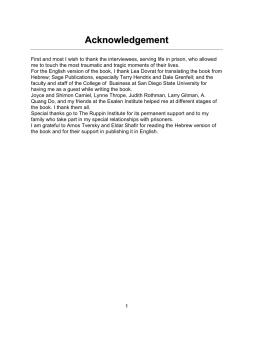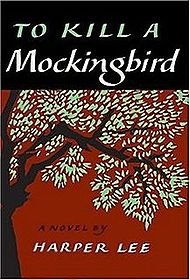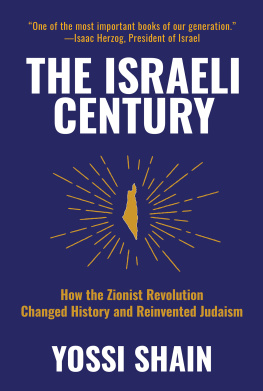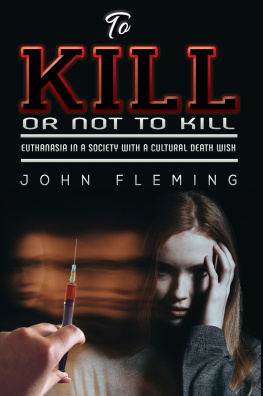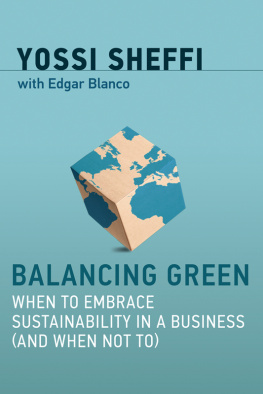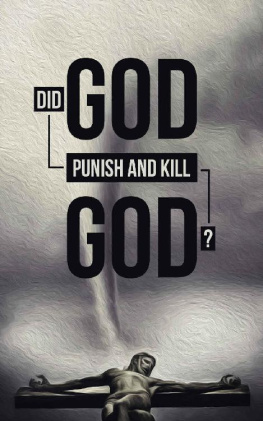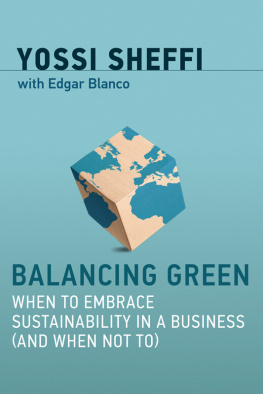Yossi Yasour - Decision to Kill
Here you can read online Yossi Yasour - Decision to Kill full text of the book (entire story) in english for free. Download pdf and epub, get meaning, cover and reviews about this ebook. year: 1995, publisher: Ramot - Tel Aviv University, genre: Science. Description of the work, (preface) as well as reviews are available. Best literature library LitArk.com created for fans of good reading and offers a wide selection of genres:
Romance novel
Science fiction
Adventure
Detective
Science
History
Home and family
Prose
Art
Politics
Computer
Non-fiction
Religion
Business
Children
Humor
Choose a favorite category and find really read worthwhile books. Enjoy immersion in the world of imagination, feel the emotions of the characters or learn something new for yourself, make an fascinating discovery.
- Book:Decision to Kill
- Author:
- Publisher:Ramot - Tel Aviv University
- Genre:
- Year:1995
- Rating:4 / 5
- Favourites:Add to favourites
- Your mark:
- 80
- 1
- 2
- 3
- 4
- 5
Decision to Kill: summary, description and annotation
We offer to read an annotation, description, summary or preface (depends on what the author of the book "Decision to Kill" wrote himself). If you haven't found the necessary information about the book — write in the comments, we will try to find it.
Decision to Kill — read online for free the complete book (whole text) full work
Below is the text of the book, divided by pages. System saving the place of the last page read, allows you to conveniently read the book "Decision to Kill" online for free, without having to search again every time where you left off. Put a bookmark, and you can go to the page where you finished reading at any time.
Font size:
Interval:
Bookmark:
First and most I wish to thank the interviewees, serving life in prison, who allowed me to touch the most traumatic and tragic moments of their lives.
For the English version of the book, I thank Lea Dovrat for translating the book from Hebrew; Sage Publications, especially Terry Hendrix and Dale Grenfell; and the faculty and staff of the College of Business at San Diego State University for having me as a guest while writing the book.
Joyce and Shimon Camiel, Lynne Thrope, Judith Rothman, Larry Gitman, A. Quang Do, and my friends at the Esalen Institute helped me at different stages of the book. I thank them all.
Special thanks go to The Ruppin Institute for its permanent support and to my family who take part in my special relationships with prisoners.
I am grateful to Amos Tversky and Eldar Shafir for reading the Hebrew version of the book and for their support in publishing it in English.
1
DECISION TO KILL :
Table of Content s
Introduction
Nothing to Lose
Mel Abrahams
Rationality
Danni Shmueli
Disappointment and Regret
Dan Lerner
Sex Differences Smadar Avrahami Yael Abergil
Aliza Miloshevitz
Nadia Jamal
Self-control and Emotionality
Rahamim Zfania
Decision under Pressure Yehiel Abramovitz Bernardo Miller
Certainty and Uncertainty
Shimon Burstein
Group Decision-Making Shaul Zabari Zuheir Mahamid
The Truth, the Whole Truth, and Nothing but the Truth Ziv Berman
Sigal Baruhi
Gadi Brikman
2
The Reasonable Man Ibrahim Abu-Halil Saliman Abu-Musa
Escalation
Boaz Shitrit David Amar
With Intent to Kill Yariv Gutman
Summary
Bibliography
3
Introductio n
For the past fifteen years I have been a volunteer with the Israeli Prison Services. I teach prisoners, attempt to recruit more volunteers, and try to assist prisoners in their rehabilitation process, both inside and out of prison.
I earn my living as a professor of Quantitative Methods of Management in the Economics and Management Department of the Ruppin Institute. My main subject is decision-making. This book is a result of these two areas of interest.
The idea to write a book about the decision to kill first occurred to me during one of my weekly visits with a life-convict in the open wing of the Tel-Mond Prison. We were discussing politics and other lofty subjects, when I suddenly asked him: "Do you think that it could have been the other way around, with you the volunteer going home after this visit, and me a convicted murderer serving a life-sentence?" He didn't hesitate. "Sure. You have no idea how fast and sudden the transition is from being a normal respectable citizen from a spacious, warm home to becoming someone accused of murder, having to live years in a smelly, crowded cell in the detention center."
Following this conversation, which took place while I was editing my first book (The Moshav Reservation, 1990, which dealt with the various aspects of the Israeli Moshav), I decided to interview people who had committed murders or participated in them, and to try and follow, as much as possible, the decision-making processes which led to murder.
For this purpose, I met with about one hundred men and women who were accused of murder or manslaughter. Not all of them had confessed, and many agreed only to informal discussions to supply me with background material, but refused to be interviewed officially. Of this group, I interviewed about fifty people, twenty-one of whom are represented by the stories in this book. The interviews were chosen mainly according to their suitability to the various theories of decision-making and to the degree of interest in the story itself.
This is not a representative statistical sample. I only interviewed those who confessed, in court or in prison, and agreed to be interviewed. There was no pressure, and nothing was promised in exchange for an interview.
My intention in writing this book was to try to understand the motives and decision-making processes which led to murder. The identifying details of the victims and the perpetrators, as far as these were irrelevant to the process, were altered in order to retain the anonymity of the interviewees.
All murder and manslaughter cases in the book, except the last chapter, are described in the first person. In fact, the stories all began as question and answer interviews, but the questions were omitted and the answers were edited as a consecutive story. I used material written by the interviewees in two cases, although it was written for different purposes. I did not read trial transcripts or the verdict of any of the cases.
4
This book is not a criminological, sociological, anthropological or psychological study. It is not a research study in the classic sense of the term, if only because the sample of interviewees in no way represents the entire population. Nevertheless, this book does include case studies and examines some of the existing theories of decision-making.
The purpose of this work was to examine whether the decision-making process which leads to murder - the most significant decision in a man's life and death - is in any way different from other decision-making processes, such as choosing a spouse, pursuing a profession, purchasing a product, determining a political standing, etc. My impression is that the factors which influence the decision to kill, albeit more extreme, are similar to those which influence other decisions. The chapters of this book are based on the various topics of decision-making theory. One chapter is devoted to the difference between men and women in the decision-making process, and specifically in the decision to kill. Other chapters deal with group decisions, decision under pressure, escalation, and the influence of culture and society. Some chapters deal with typical decision-making topics, such as disappointment and regret, self-control, certainty and uncertainty, and rationality.
The interviews were held over a period of four years, during which time I became acquainted and even friendly with some of the interviewees. I assisted a number of them with their earlier release from prison and rehabilitation, and I am still trying to help others. It is widely thought that any person who takes another's life is an inhuman, unredeemable monster. My impression is different. Indeed, a serial murderer or one who committed an especially cruel murder might very well be a hopeless case, from whom society must protect itself by locking him up for the rest of his life. On the other hand, there are those who killed under extreme personal circumstances, which do not occur to many of us.
I will not say that anyone could commit murder under certain circumstances, but my impression is that under extreme conditions, in moments of despair, disappointment or terrible anger, most people are capable of taking leave of their senses and kill.
Following my interviews, I was unable to reach an unequivocal conclusion as to the cause which motivated one person to kill another. Generally speaking, the victim directly or indirectly threatened an essential component of the killer's life. This threat could have been a physical threat of severe bodily harm, a threat to the killer's honor or freedom, or financial threat.
I found that the threatened honor or freedom of the would-be killer recurred in almost all my interviews. Honor, in this case, could be defined as that of a betrayed husband, national honor damaged by terrorist acts of Arabs against Jews, family honor damaged by a woman behaving not according to the moral ethics of her society, or self-respect damaged by an employer, a neighbor or a violent relative.
The general public and the legal system often take an understanding view of a son killing his father for abusing his mother, or of a wife killing her violent
Next page
Font size:
Interval:
Bookmark:
Similar books «Decision to Kill»
Look at similar books to Decision to Kill. We have selected literature similar in name and meaning in the hope of providing readers with more options to find new, interesting, not yet read works.
Discussion, reviews of the book Decision to Kill and just readers' own opinions. Leave your comments, write what you think about the work, its meaning or the main characters. Specify what exactly you liked and what you didn't like, and why you think so.

